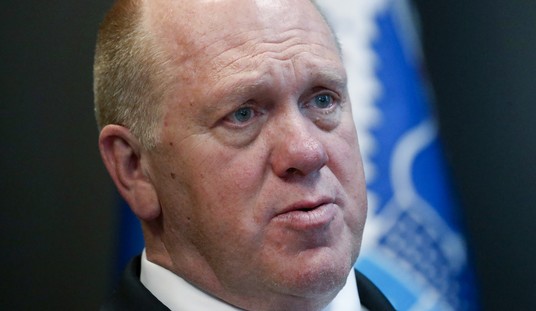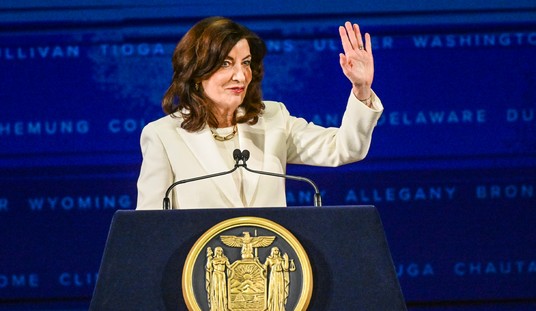Imagine explaining how money moves through the economy to second graders? You must be kidding -- but they got it.
This was the final week of a five-week volunteer Junior Achievement program in my child's second-grade class. Their favorite lesson involved dividing the class into two teams, with one using an assembly line to make doughnuts, the other using unit production. When they were done, they ate real doughnuts. My husband volunteered that week; the other four weeks were mine.
This week, we covered how money flows through the economy. Having once served as a Chartered Financial Analyst review teacher in economics, I remember how hard it was to cover the banking system, and I was wary of attempting this with second-graders.

In the example, I used a quarter, which represented someone's salary. The worker used it to buy pizza; the pizza place used it to buy cheese; the cheese shop used it to clean an apron, etc. The money was used as a medium for exchange and then reused again and again and again.
When I asked what would happen if no one spent their quarters, the students responded that the economy would shut down; there would be no economic activity. They understood that the number of transactions affects economic activity.
We even discussed the velocity of money -- how fast money moves through the economy. It is calculated by dividing the Gross Domestic Product by the money supply.
I first encountered the concept as an undergraduate student at Presbyterian College in Clinton, S.C., where Dr. Carl Arnold was my money and banking professor. He was renowned for giving unbelievably hard multiple-choice tests. The answers went something like this:
Recommended
A: this
B. that
C. this or that
D. this and that but only on Thursdays when the sun is shining and the rain is falling
E. all of the above
D. none of the above
He stood at the front of the classroom in his button-down shirt and pressed khaki pants and volunteered students to answer his questions. If you could not answer the question correctly, he showed no mercy.
I loved his class -- he was one of many great teachers at the school, and his explanations and insight stay with me today.
The total market value of all goods and services produced and sold domestically during the year is the Gross Domestic Product. Think of it as units of goods and services times a price level for the year.
For an increase in real economic activity to occur, more goods and services have to be produced and sold over that time period. If we simply produced and sold the same number of goods and services at twice the price level, the nominal GDP would double.
But would we be better off with the same stuff costing twice as much?
The quantity theory of money postulates that a change in the money supply results in a proportional change in prices. The idea is that you simply have more money chasing the same amount of goods, leading to inflation.
From 1953 until 1980, velocity averaged 1.68 per year. Velocity rose rapidly after 1990, peaking in 1997 at 2.12 per year.
What is the current velocity of money, and how has it changed?
According to the Bureau of Economic Analysis, the GDP for 2008 was $14,347 billion. The average money supply (M2), according to the Federal Reserve, was $7,824 billion in 2008. The velocity of money for the year was 1.83.
In 2009, GDP was $14,256 billion, and the average money supply rose 7.6 percent to $8,421 billion. The velocity of money for the year was 1.69.
Why did velocity rise in 1997? Why has it fallen since, and what will happen in the future? Part of the rise and fall is explained by the use of credit through creative financial instruments (i.e., overextending credit); some was due to other non-credit-creating financial innovations.
The question now is whether velocity will remain at its 1953-1980's historic level or increase due to the changes in how we hold cash. Why does this matter? An increase in velocity without a decline in money supply or an increase in real goods and services would bring about an increase in inflation.
An increase in inflation would be one way to reduce the impact of our government debt (i.e., monetize the debt), but also would destroy the value of people's savings and investments.
One of Dr. Arnold's favorite sayings was, "There is no free lunch." We might want to keep that in mind as well.

























Join the conversation as a VIP Member